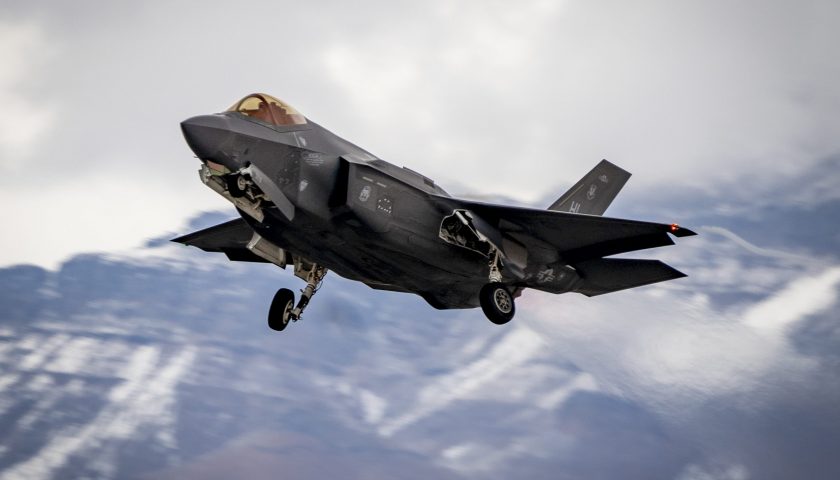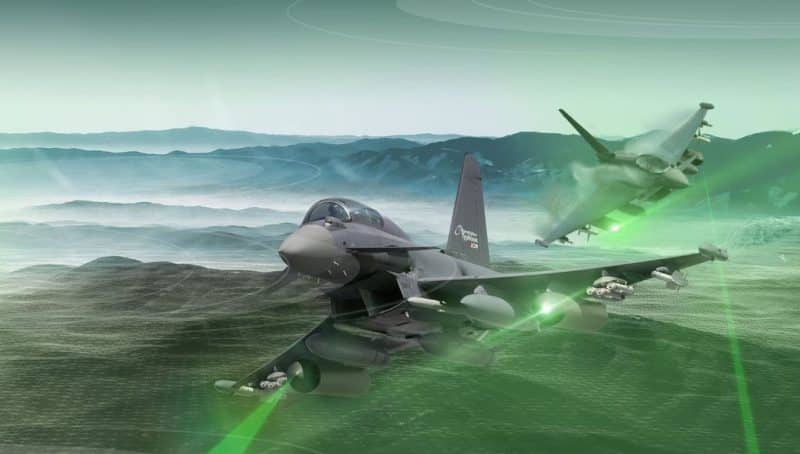In March of this year, the German Chancellery and the Ministry of Defense confirmed the next order of 35 F-35A combat aircraft from the American Lockheed-Martin to ensure nuclear sharing missions within the framework of NATO, in order to to replace the Tornadoes dedicated to this mission since the end of the 80s within the Luftwaffe, as well as around fifteen Typhoon, in a version of electronic warfare and suppression of opposing anti-aircraft defenses, in order to replace the Typhoon ECR still in service. This announcement was made as part of the €100 billion envelope announced on February 27 following the Russian offensive in Ukraine, and intended to address the most critical shortcomings of the Bundeswehr. The list of programs to be financed by this budget windfall was impressive, ranging from the modernization of armored vehicles to the establishment of an anti-missile shield, including combat planes, heavy helicopters, submarines and additional frigates.
Since then, the bellows has fallen somewhat across the Rhine. On the one hand, almost 10 months after its announcement, none of the programs to be financed by the special envelope has actually been launched, while the increase in the defense budget to more than 2% of German GDP, also announced on February 27, seems likely to take place over a much longer period than expected. The list of programs to be financed has, for its part, been removed from several of them, notably in the naval field, while inflation and the reality of costs higher than those initially expected, oblige the Ministry of Defense to painful arbitrations. This is the case of the famous Typhoon ECR, to replace the Tornado ECR, in particular to pave the way for the F-35As armed with NATO's B61 nuclear bomb, by destroying anti-aircraft defenses and jamming the enemy's radar.

Indeed, where initially, the program had to be based on a specific version of the Typhoon and on new generation electronic warfare equipment, it will rely, in fact, on the Typhoon existing systems, and especially on jammers and electronic warfare capabilities already available, so as to reduce costs and development times. This announcement is a major disappointment, both for the Luftwaffe and for German industrialists, the former knowing full well that the addition of jammers and anti-radiation missiles to the Typhoon will not make it an electronic warfare device strictly speaking, the latter seeing R&D contracts disappear which would probably have been largely valuable, particularly on the international scene.

The rest of this article is for subscribers only
The Classic subscriptions provide access to
all articles without advertising, starting at € 1,99.
Newsletter subscription
Register for the Meta-Defense Newsletter to receive the
latest fashion articles daily or weekly


[…] […]